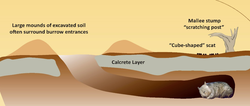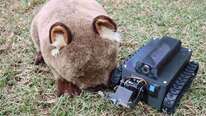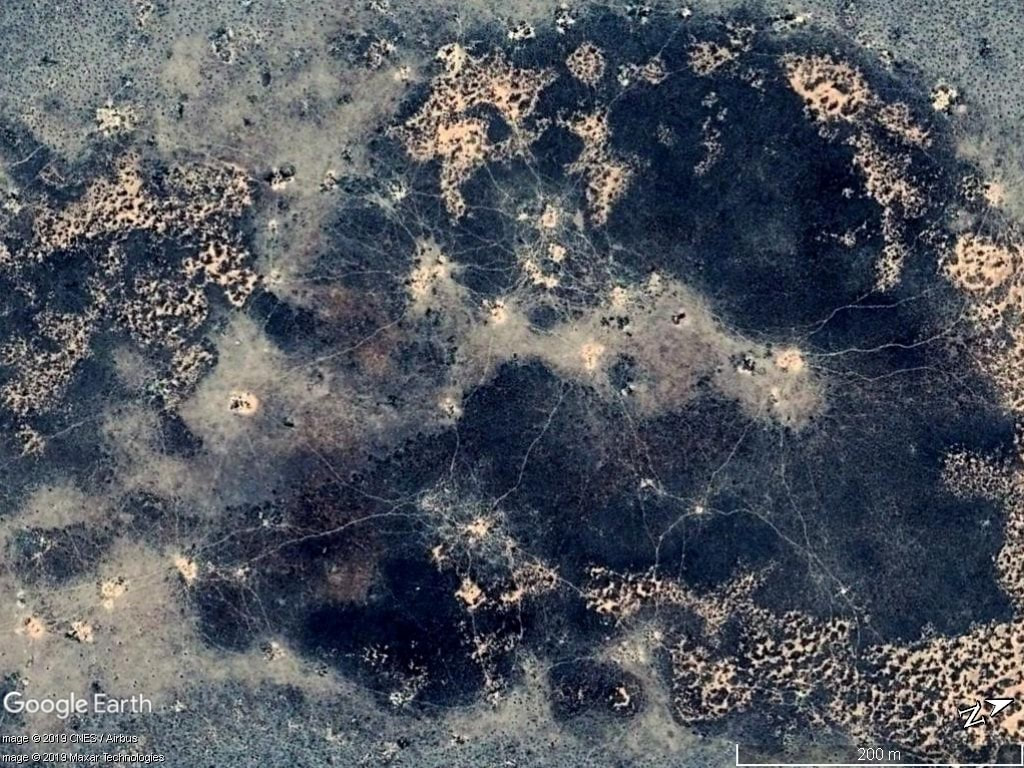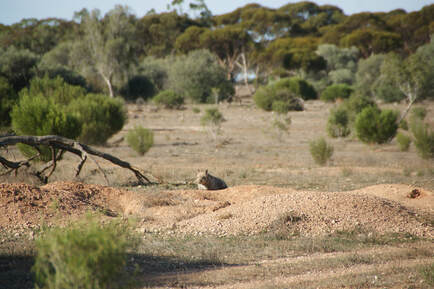Burrows More resources


See how a robot engineer and a wombat expert have come together to design a robot, named WomBot, to try and understand what it is like in the burrow of a Bare nosed wombat WOMBOT article
|
Wombat burrows are important in the environment. Watch this clip to see how.
Satellite tracking of SHN Wombat Colonies
Southern Hairy-nosed warrens (a collection of burrows) can be visible from space. This is a satellite image was posted on the Southern Hairy-nosed Wombats - the Science Face Book page in November 2019. It shows a colony of warrens on the Nullarbor, with the trails that the wombats follow when moving between the warrens. This article gives some more in-depth information about the use of satellite technology to learn about how wombats live. 
|
|
|
